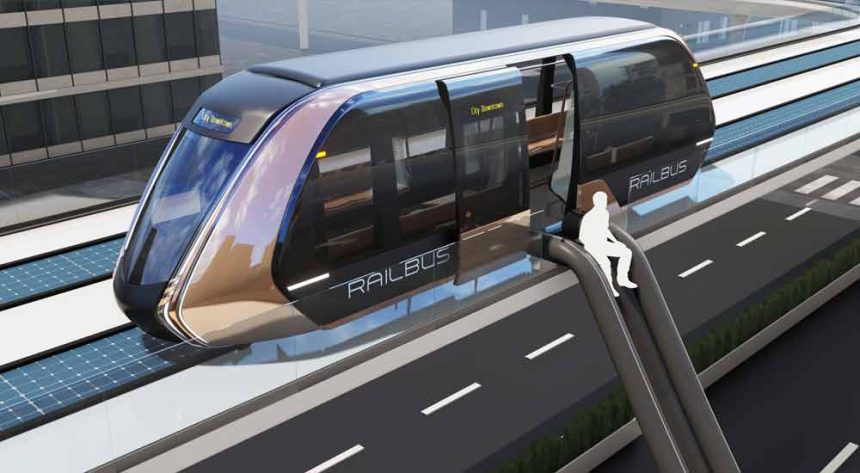 The Indian Railways, one of the world’s largest railway networks, has been an integral part of India’s transport infrastructure since the 19th century. As the nation advances economically and demographically, there is an increasing demand for more efficient, cost-effective, and environmentally friendly transportation solutions. The Railbus, a hybrid of rail and bus, has emerged as a viable answer to these needs. This article delves into the profits and prospects of Railbus operations in India, exploring its financial benefits, socio-economic impact, and future potential.
The Indian Railways, one of the world’s largest railway networks, has been an integral part of India’s transport infrastructure since the 19th century. As the nation advances economically and demographically, there is an increasing demand for more efficient, cost-effective, and environmentally friendly transportation solutions. The Railbus, a hybrid of rail and bus, has emerged as a viable answer to these needs. This article delves into the profits and prospects of Railbus operations in India, exploring its financial benefits, socio-economic impact, and future potential.
Evolution of Railbus in India
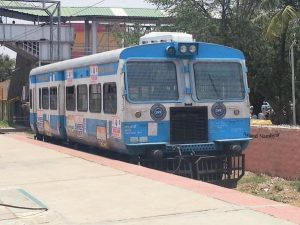 Historical Background
Historical Background
The concept of Railbus in India can be traced back to the early 1980s when the Indian Railways sought to innovate and provide alternative transportation solutions in rural and less densely populated areas. The initial Railbus models were simplistic, designed to bridge the gap between conventional trains and buses. Over time, technological advancements have made modern Railbuses more efficient and comfortable.
Technological Advancements
Recent Railbus designs incorporate lightweight materials, advanced propulsion systems, and modern amenities, making them not only more cost-effective but also more appealing to passengers. These advancements have been crucial in ensuring that Railbuses meet the contemporary demands of safety, speed, and comfort.
Economic Benefits of Railbus Operations
Cost Efficiency
 One of the primary economic benefits of Railbus operations is their cost efficiency. Railbuses are significantly cheaper to operate than traditional trains. They require less fuel, lower maintenance costs, and can be operated on lighter rail infrastructure. This makes them an ideal choice for routes with lower passenger volumes, where operating a full-sized train would be economically unviable.
One of the primary economic benefits of Railbus operations is their cost efficiency. Railbuses are significantly cheaper to operate than traditional trains. They require less fuel, lower maintenance costs, and can be operated on lighter rail infrastructure. This makes them an ideal choice for routes with lower passenger volumes, where operating a full-sized train would be economically unviable.
Revenue Generation
Despite their lower operating costs, Railbuses have proven to be effective revenue generators. By servicing underserved and remote areas, they attract a new segment of passengers who might otherwise rely on road transport. The convenience and affordability of Railbuses encourage higher ridership, translating to steady revenue streams for the Indian Railways.
Employment Opportunities
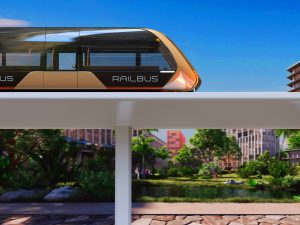 The expansion of Railbus services has also created numerous employment opportunities. From manufacturing and maintenance to operations and management, the Railbus sector supports a diverse range of jobs. This not only boosts local economies but also helps in skill development and workforce diversification.
The expansion of Railbus services has also created numerous employment opportunities. From manufacturing and maintenance to operations and management, the Railbus sector supports a diverse range of jobs. This not only boosts local economies but also helps in skill development and workforce diversification.
Socio-Economic Impact
Connectivity and Accessibility
Railbuses play a crucial role in enhancing connectivity and accessibility, particularly in rural and semi-urban regions. By providing reliable and affordable transportation, Railbuses facilitate easier access to education, healthcare, and employment opportunities. This improved connectivity can lead to significant socio-economic development in these areas.
Environmental Benefits
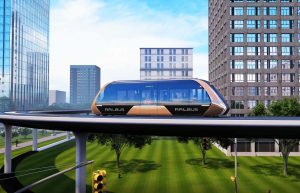 Railbuses are generally more environmentally friendly compared to conventional trains and buses. They emit fewer pollutants and consume less fuel, contributing to reduced carbon footprints. This aligns with India’s commitment to sustainable development and helps in mitigating the adverse effects of climate change.
Railbuses are generally more environmentally friendly compared to conventional trains and buses. They emit fewer pollutants and consume less fuel, contributing to reduced carbon footprints. This aligns with India’s commitment to sustainable development and helps in mitigating the adverse effects of climate change.
Quality of Life
The introduction of Railbus services has improved the quality of life for many Indians. The reduced travel time and cost make it easier for people to commute for work, education, and other essential activities. This convenience translates to better work-life balance and overall well-being.
Case Studies of Successful Railbus Operations
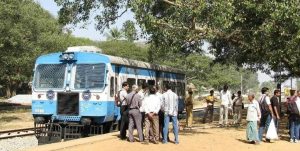
Solapur-Tuljapur-Osmanabad Route
The Solapur-Tuljapur-Osmanabad route in Maharashtra is a prime example of successful Railbus operations. Introduced to serve the rural population, this route has witnessed a significant increase in ridership over the years. The affordability and convenience of the Railbus have made it a popular choice among locals, leading to economic upliftment in the region.
Kalka-Shimla Heritage Route
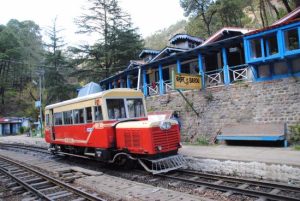 Another notable example is the Kalka-Shimla heritage route, where Railbuses have become a tourist attraction. The picturesque journey through the hills attracts numerous tourists, contributing to the local tourism industry and generating substantial revenue. The Railbus service on this route has been instrumental in preserving the heritage value while promoting sustainable tourism.
Another notable example is the Kalka-Shimla heritage route, where Railbuses have become a tourist attraction. The picturesque journey through the hills attracts numerous tourists, contributing to the local tourism industry and generating substantial revenue. The Railbus service on this route has been instrumental in preserving the heritage value while promoting sustainable tourism.
Challenges and Solutions
Infrastructure Limitations
Despite its numerous benefits, the Railbus system faces several challenges. One of the primary issues is the existing rail infrastructure, which may not be suitable for Railbus operations in all regions. Upgrading and maintaining this infrastructure require significant investment.
Solution: Strategic Investment
 To address this, strategic investment in rail infrastructure is essential. Public-private partnerships can play a crucial role in funding these upgrades. Additionally, focusing on high-potential routes can ensure that the investment yields substantial returns.
To address this, strategic investment in rail infrastructure is essential. Public-private partnerships can play a crucial role in funding these upgrades. Additionally, focusing on high-potential routes can ensure that the investment yields substantial returns.
Operational Hurdles
Operational challenges, such as scheduling, maintenance, and staffing, can also impact the efficiency of Railbus services. Ensuring that the Railbuses are reliable and well-maintained is crucial for sustained operations.
Solution: Enhanced Training and Technology Integration
Implementing advanced scheduling systems and integrating technology for maintenance and operations can mitigate these challenges. Training programs for staff to handle the specific requirements of Railbus operations will also be beneficial.
Passenger Awareness and Acceptance
Gaining passenger acceptance and awareness is another hurdle. People accustomed to traditional trains or buses may be hesitant to adopt Railbuses initially.
Solution: Marketing and Outreach Programs
Comprehensive marketing and outreach programs highlighting the benefits of Railbuses can help in overcoming this resistance. Demonstrating the comfort, affordability, and efficiency of Railbuses through promotional campaigns can attract more passengers.
Future Prospects
Expansion Plans
 The future of Railbus operations in India looks promising with planned expansions in several states. The government’s focus on improving rural connectivity and promoting sustainable transportation aligns with the potential growth of Railbus services.
The future of Railbus operations in India looks promising with planned expansions in several states. The government’s focus on improving rural connectivity and promoting sustainable transportation aligns with the potential growth of Railbus services.
Integration with Other Transport Modes
Integrating Railbus services with other modes of transport, such as metro systems and bus networks, can create a seamless transportation experience for passengers. This multimodal approach can enhance the overall efficiency of the transport system.
Technological Innovations
Ongoing technological innovations promise to make Railbuses even more efficient. Developments in battery technology, lightweight materials, and automated systems could further reduce operating costs and improve service quality.
Conclusion
The Railbus has emerged as a transformative force in the Indian transportation landscape. Its economic benefits, including cost efficiency, revenue generation, and job creation, make it a valuable asset for the Indian Railways. Moreover, its positive socio-economic impacts, such as enhanced connectivity, environmental benefits, and improved quality of life, underscore its importance in the broader context of national development.
While challenges remain, strategic investments, technological integration, and effective marketing can address these issues, paving the way for the expanded adoption of Railbus services across India. As the nation continues to grow and modernize, the Railbus stands out as a symbol of sustainable progress, promising a future of improved mobility and economic prosperity for all.


